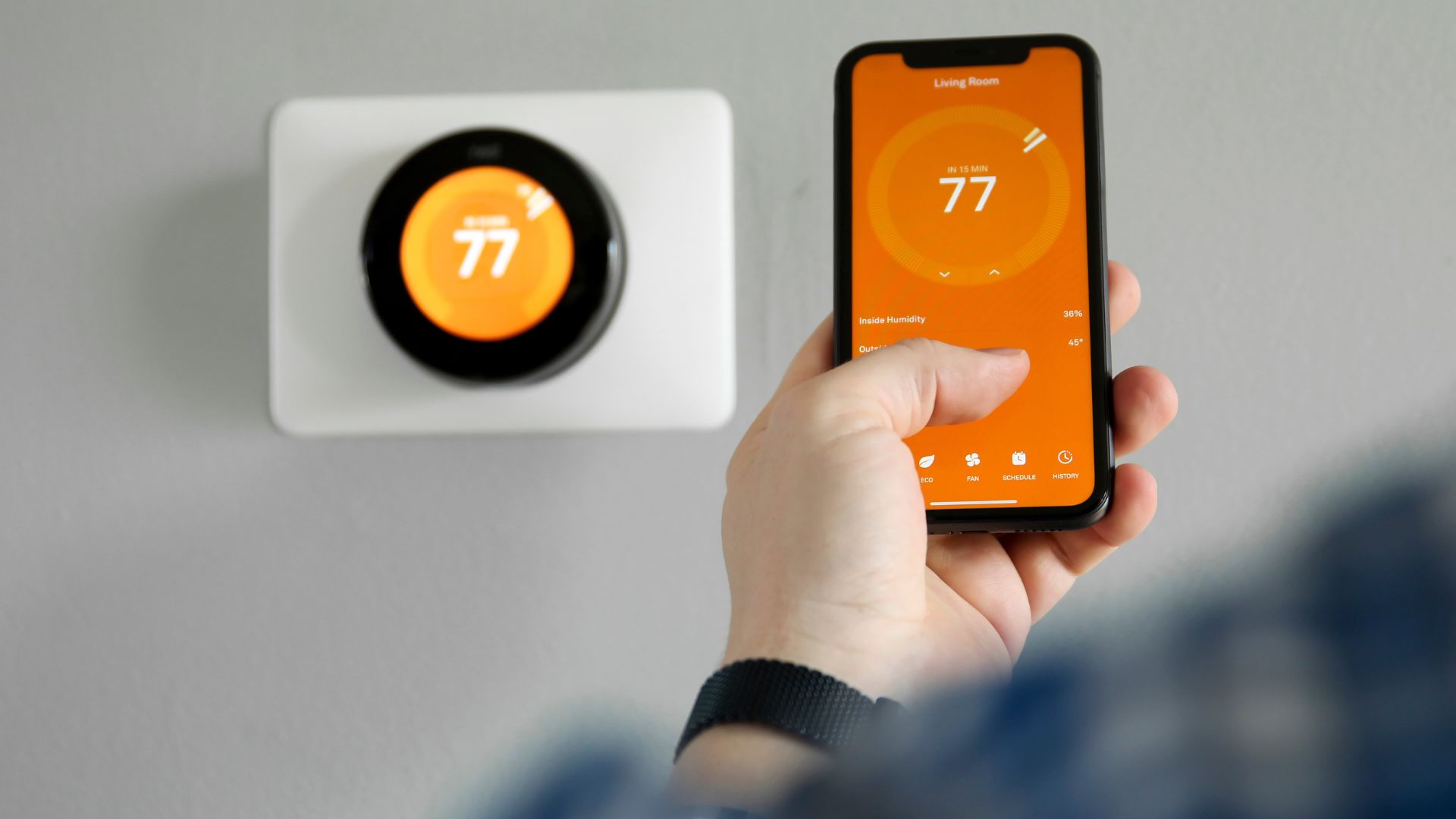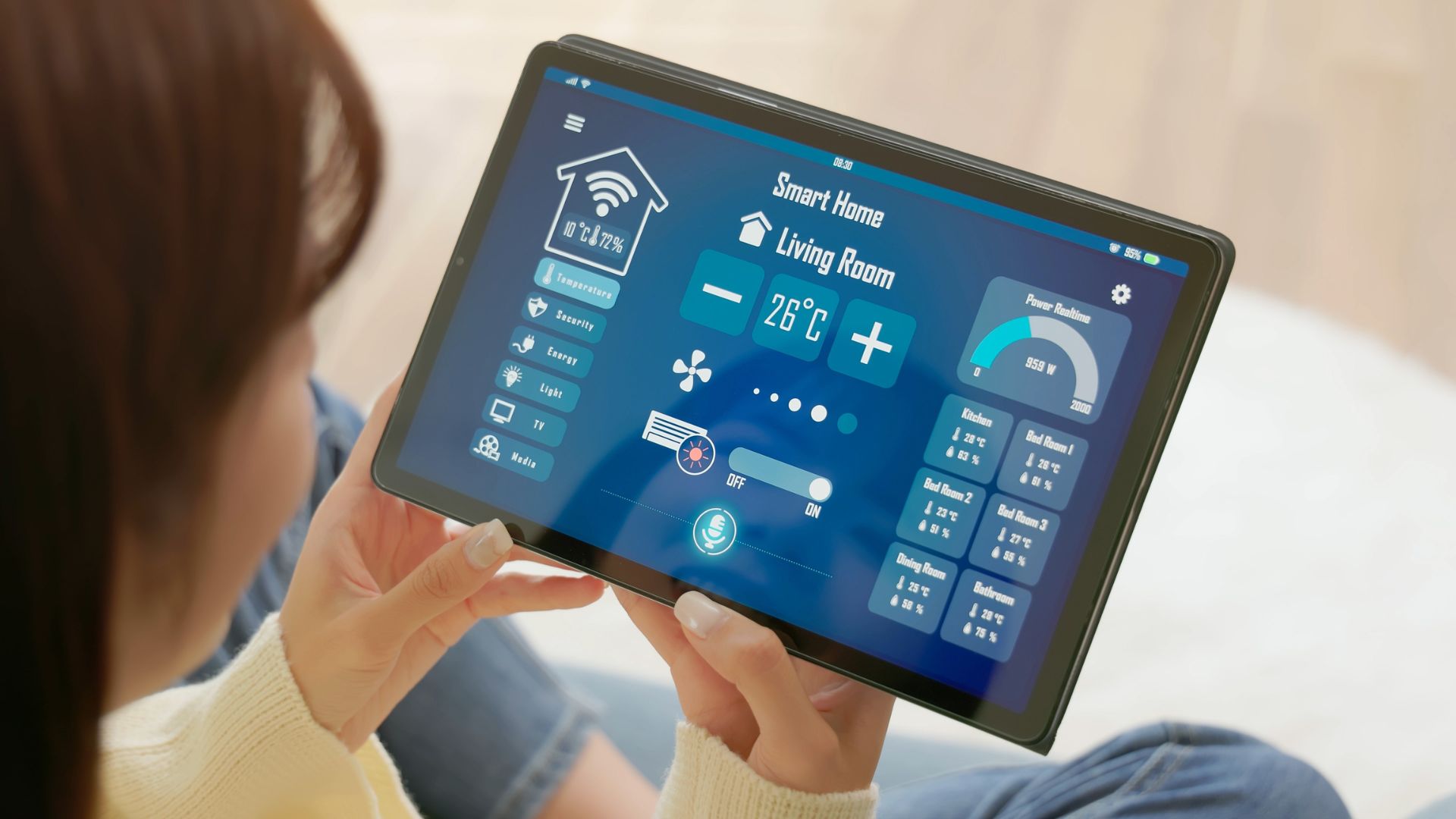The Intelligent Home: Integrating Smart Technology into Your Design

Smart home technology is revolutionizing the way we live, making our homes more efficient, comfortable, and secure. From controlling lights with a voice command to automating home security, integrating smart devices into your design can transform your living space into a high-tech haven. Here’s a guide to embracing smart home technology, exploring its future, weighing the pros and cons, and creating a smart home on a budget.
1. Integrating Smart Home Devices into Your Design
Incorporating smart home technology seamlessly into your design requires thoughtful planning and consideration. Here are some tips:
Centralized Control:
Choose a smart home hub, like Amazon Echo, Google Home, or Apple HomeKit, to control multiple devices from one place. This centralizes management and simplifies operation.
Smart Lighting:
Integrate smart bulbs and switches to control lighting remotely or with voice commands. Use them to create ambiance, improve energy efficiency, and enhance security.
Thermostats:
Install smart thermostats like Nest or Ecobee to automate heating and cooling, learn your preferences, and save on energy costs.

Security Systems:
Incorporate smart security cameras, doorbells, and locks to monitor and protect your home. Opt for devices that blend with your home’s aesthetics.
Entertainment Systems:
Use smart speakers, TVs, and streaming devices to control your entertainment setup. Ensure wiring and placement enhance the design without cluttering the space.
Automated Blinds and Shades:
Integrate smart window treatments to control natural light and privacy with ease.
2. The Future of Smart Homes
The future of smart homes promises even more integration, automation, and personalization. Here’s a glimpse of what’s to come:
AI and Machine Learning:
Smart homes will become more intuitive, using AI and machine learning to anticipate needs, automate tasks, and enhance user experiences.
Voice and Gesture Control:
Advances in voice and gesture recognition will make interacting with smart devices more natural and seamless.
Interoperability:
Greater interoperability between devices and platforms will simplify the smart home ecosystem, allowing for smoother integration and control.
Enhanced Security:
Smart home security will improve with advancements in biometric authentication, encryption, and AI-powered monitoring systems.
Sustainability:
Future smart homes will focus more on sustainability, using technology to optimize energy usage, water conservation, and waste management.

3. Pros and Cons of Smart Home Technology
Before diving into smart home tech, it’s essential to understand its benefits and potential drawbacks:
-Pros:
Convenience:
Control various home functions remotely or via voice commands, making daily tasks easier and more efficient.
Energy Efficiency:
Smart thermostats, lighting, and appliances can reduce energy consumption, lower utility bills, and minimize environmental impact.
Security:
Enhanced security features, including smart locks, cameras, and alarm systems, offer better protection and peace of mind.

Comfort:
Automated systems can create a more comfortable living environment, adjusting lighting, temperature, and entertainment to your preferences.
Customization:
Personalize your home experience with routines and scenes that cater to your lifestyle and needs.
-Cons:
Cost:
Initial setup and device costs can be high, especially for premium products and comprehensive systems.
Complexity:
Managing multiple devices and platforms can be challenging and may require a learning curve.
Privacy Concerns:
Smart devices can collect and share data, raising concerns about privacy and security breaches.
Reliability:
Dependence on internet connectivity and power can lead to issues if there are outages or technical glitches.
4. How to Create a Smart Home on a Budget
Creating a smart home doesn’t have to break the bank. Here’s how to do it affordably:
Start Small:
Begin with a few key devices that offer significant benefits, such as smart bulbs, plugs, or a smart speaker.

DIY Installation:
Many smart devices are designed for easy, DIY installation, saving on professional setup costs.
Budget-Friendly Brands:
Opt for budget-friendly brands like Wyze, TP-Link, or Sengled, which offer reliable products at lower prices.
Sales and Discounts:
Take advantage of sales events like Black Friday, Prime Day, and seasonal promotions to buy smart devices at discounted rates.
Gradual Upgrades:
Upgrade your home gradually, adding new devices over time as your budget allows.
Multi-Functional Devices:
Choose devices that serve multiple functions, such as a smart speaker that also acts as a hub or a camera with built-in motion detection and alerts.
Conclusion
Integrating smart home technology into your design can enhance your living experience, providing convenience, security, and efficiency. While the future holds exciting advancements, it’s important to weigh the pros and cons and make informed decisions. By starting small and prioritizing budget-friendly options, you can gradually transform your home into a smart, connected space that caters to your needs and lifestyle. Embrace the intelligent home revolution and enjoy the benefits of a smarter, more efficient living environment.
